
Caribbean Dialect – An Unusual Mixture of Languages Found Nowhere Else on Earth
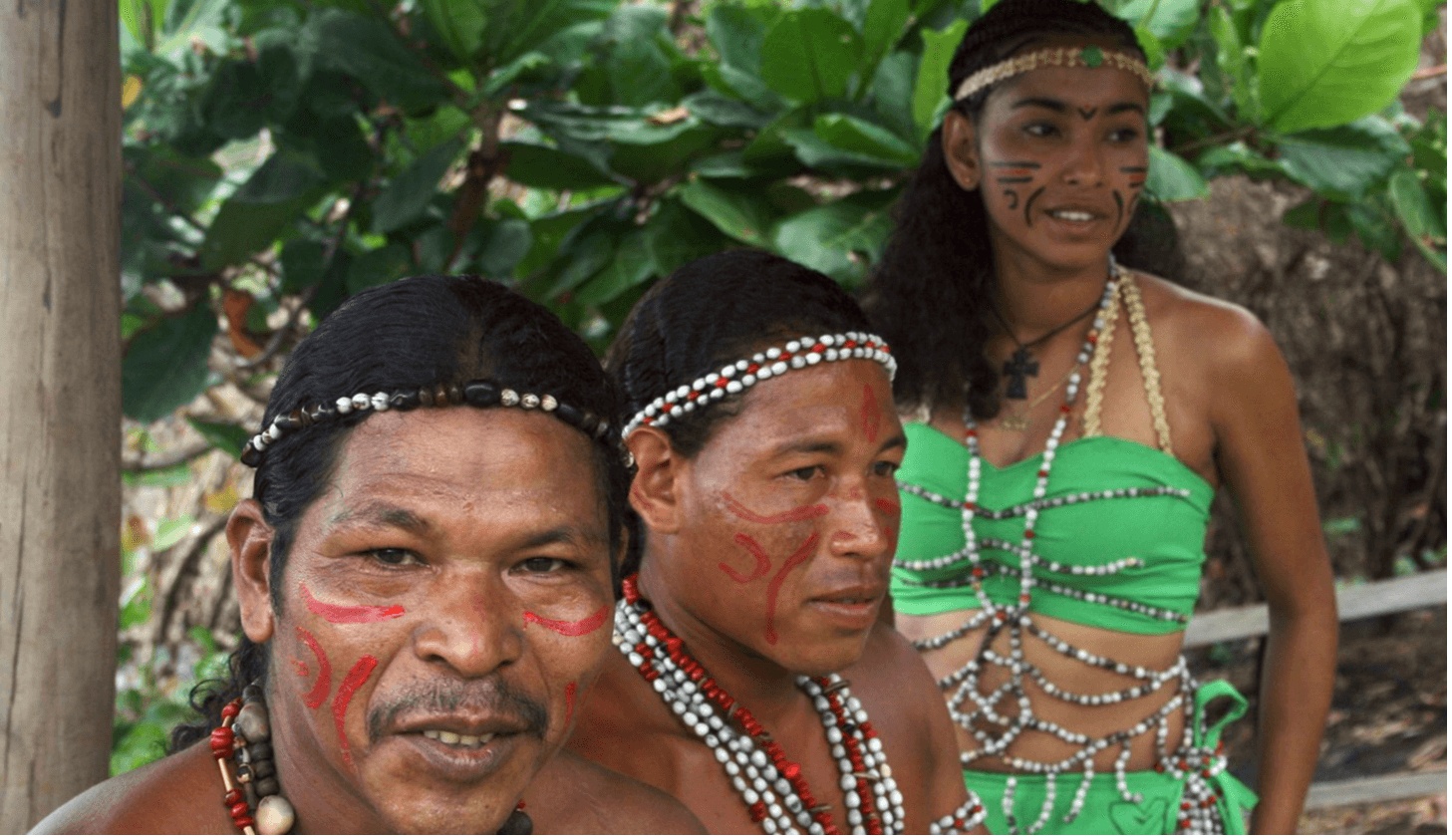
Influences on Caribbean Dialect
Caribbean dialect is influenced by a variety of sources. There are the many native languages developed by the enslaved, indentured and migrant peoples out of the European, African and Indian languages brought to the Caribbean.
Africans who came from different parts of West Africa, speaking different languages, had to create a ‘common’ language to communicate with each other.

Caribbean Dialect Represents the Stories of its People
Behind the language explosion in the Caribbean are the stories of the peoples who made the crossings from Africa and India, China, Europe – inclusive of Britain, France, Spain, Portugal and the Netherlands bringing the Dutch language.

Enslaved Africans and Indentured Indian Labourers
For Europe, the journey was to create a New World in the Age of Discovery. The intent being to capture new territory for kings and queens in competition amongst themselves.
After the search for the non-existent El Dorado, the city of gold faded with the mirage, the focus turned to establishing plantations with sugar at the top of the production list for Metropolitan European taste buds.
“Free Labour” for the Europeans to produce the agricultural crops was harvested on the West African coast, and contracted on the then British-held India.
First there was the transportation of an estimated 12-14 million Africans through the Middle Passage across the Atlantic to the Caribbean starting in the late 18th century.
Then there were the hundreds of thousands of Indian labourers contracted to replace the emancipated Africans between the middle of the 19th century ending only in the early 20th century.
Many groups of Africans and Indians have reached back in time to recapture language and culture.
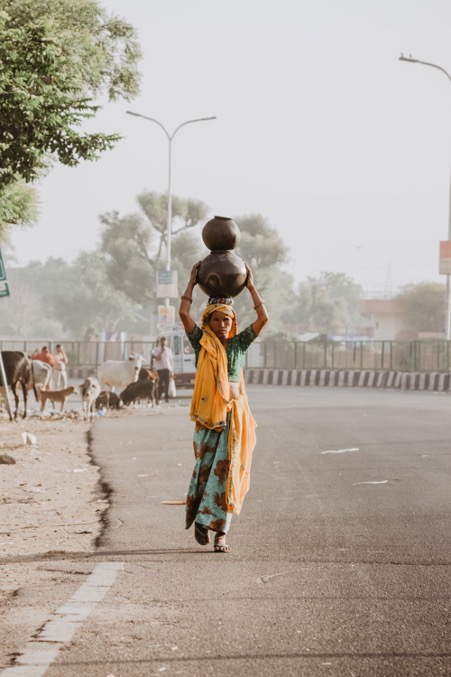
Same Words, Different Pronunciations
In the instance of the English of the “Mother Country”, that has been rendered alive and sparkling with new nation meanings, expressions, ad-mixtures of other languages, inclusive of African and Indian languages.
Pronunciation of English words in Barbados is very different from the same words spoken by Trinidadians, Jamaicans and the English-speaking peoples of the Eastern Caribbean.
In Trinidad and Tobago, where the nation’s song and music, calypso and soca were created, the ‘bards’ sang in the Creole Patois up to the turn into the 20th century.
It can be tricky interpreting the language of the singers spiced with the French tradition of “double entendre”: the use of language to convey several different meanings. If you are to interpret the language correctly, seek out the most suggestive and spicy of meanings possible; but be careful not to say the wrong thing at the wrong time.
In Surinam on the South American continent, but very much part of the Caribbean, and in the nearby Dutch islands of Aruba, Curacao and Bonaire, the Dutch of the Netherlands remains in use. But it has had to share space with the “Surinamese” and other native tongues developed in the “ABC” islands.
So too in Surinam, there exists the Hindi of the Hindustanis (East Indians), and smatterings of the Indonesian expressions of the people who came from Java to Surinam.

A Scattering of Languages
The outcome is a scattering of languages, perhaps like nowhere else on the planet, across the lands interrupted by the blue waters of the Caribbean Sea.
First Peoples of the Caribbean
If you are curious about the languages of the indigenous peoples of the Caribbean – those who were first here, i.e., the First Peoples of the Caribbean, make sure you visit Belize in Central America, Guyana on the South American continent, and Dominica in the heart of the chain of Caribbean islands.
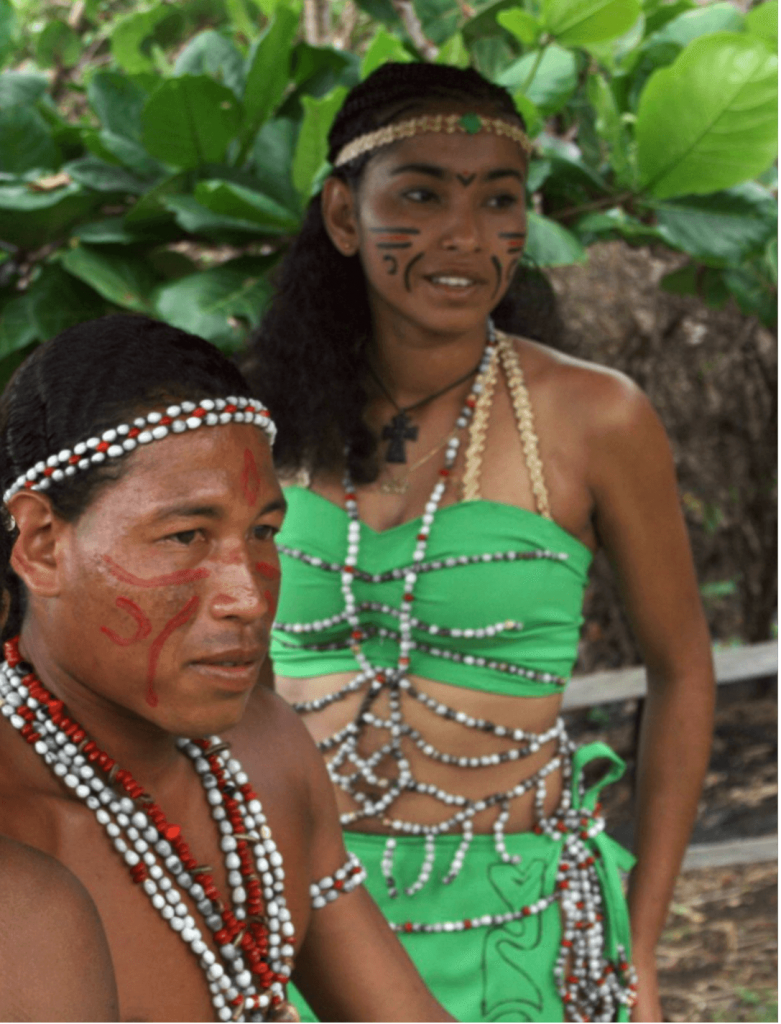
Maroons in Jamaica and Suriname
In Surinam and Jamaica deep in the hinterland of those countries, the Maroons, those Africans who rebelled against their capture and enslavement, abandoned the plantations for the security of the mountains where they created societies and languages amongst their people.
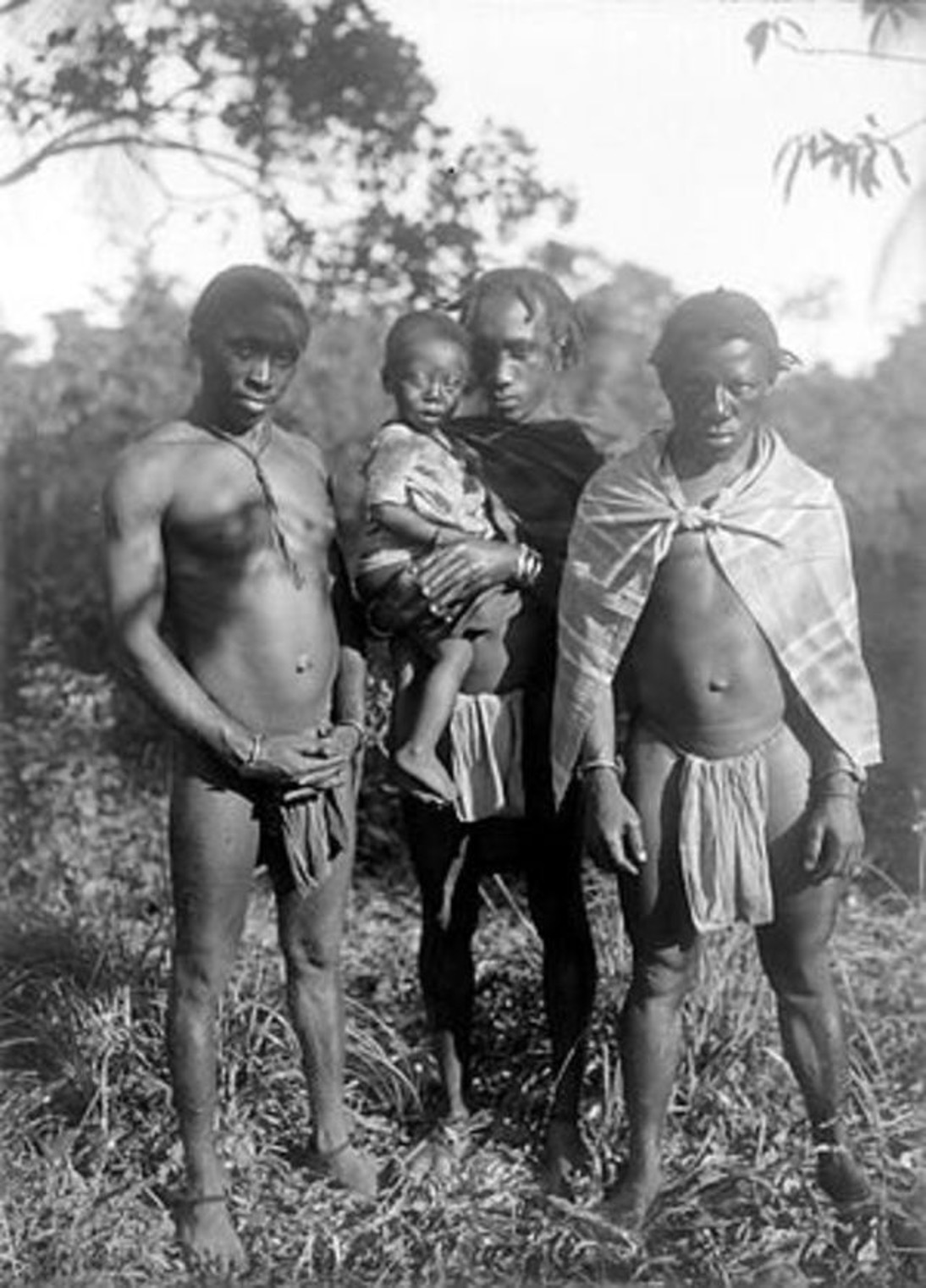
Source: https://bit.ly/2UcHnie
Caribbean Creole
So, Creole and French Creole Patois constructed from the original French and mixed with African languages consist of a vocabulary created from a mixing of sounds and words. Those new forms are at times completely bewildering to native speakers of the languages brought to the region.
Pure Creole
On the streets of Port au Prince (Haiti), Castries (St. Lucia), and in the markets of Rousseau, Dominica, the colourful Creole (Kweyol), infused with the flamboyant personality of the Marchand women makes music.
French Creole
In small rural communities in Trinidad, the French-Creole Patois lives in agricultural villages such as Paramin, high in the mountains of the north-west. There, the Trinidadian version of English is a second language even amongst a fair number of young people.

Click here to download a Free French Creole (Kweyol) Dictionary
Spanish Creole
The Spanish of Spain was remodeled to suit the people of Cuba, the Dominican Republic, Puerto Rico and exists in the fine flourishing of those Spanish-American/Caribbean countries. Imagine, if you will, hearing the American language mixed with Spanish in offshore America.
Parang, Parang
Most colourfully and musically, Spanish Patois is the language of Trinidad and Tobago’s indigenous music of Christmas – Parang, or Paranda (Dr. Slyvia Moodie, University of the West Indies).
Often the lines of the songs are known by large sections of the population verbatim. But just as often “Trinis” at the Parang festivals do not know the actual meanings of the lines; but that’s not important, what is are the singing, dancing and merriment made in the name of the Christian-Christmas story of the Virgin-Birth in the lyrical Creole-Spanish language.

Venezuelan Heritage
The Parang and its language were brought by the “Cocoa Panyol” – natives of Venezuela who came to Trinidad 200 years ago (historian Michael Anthony) to work in the cocoa fields. Today, the language is being updated by the Venezuelans who have left Maduro’s Venezuela for sanctuary in Trinidad and Tobago. It is realistic to expect 21st century adaptations to the Spanish brought from Venezuela into the Caribbean in the first quarter of the 21st century.
Ditto for the Surinamese in Surinam, and other formations of the Dutch language in the other Dutch-Caribbean societies of Aruba, Bonaire and Curacao.
Amazingly, on the tiny island-society of Sin Maarten, and Saint- Martin, French is spoken in the latter and Dutch in the former.
English Buccaneers
English, first brought to the region by the Buccaneers who came in the name of conquests for the Queen of England, is the most widely spread of all languages.
But take warning, English visitors will enter upon a whole new language experience of their “English” in the Caribbean.
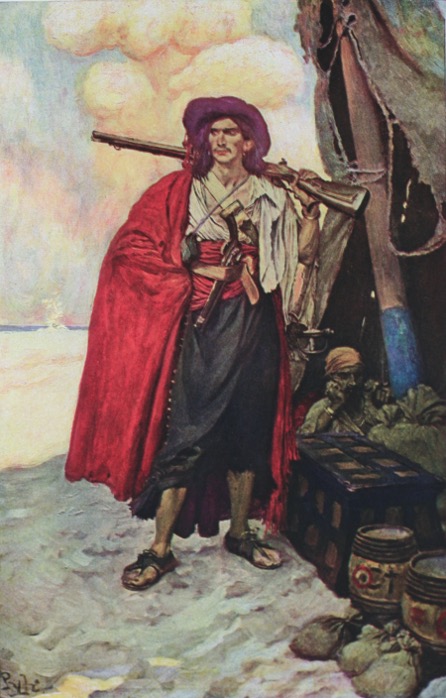
Creole English
That which is spoken in the English-speaking Caribbean has undergone a metamorphosis and re-formulation, very different from the language of Professor Henry Higgins – who would have had an even greater challenge on hand to teach the ‘Queen’s English’ to a market woman in one of the many public markets across the English-speaking Caribbean.
To help with the understanding of those whose ears will take some getting used to the vocabulary, the patterns of speech, the musicality of the language, the pace at which language is spoken are the visual explanatory notes given by the speakers.

Proper English and Creole/Patois
On the several campuses of the University of the West Indies, the University of Suriname, the universities of Cuba and the Dominican Republic, and in the education systems of all the Caribbean nations, the formal languages closer to the standard forms are taught and used. And often, kids would speak ‘proper English’ in classes and revert to creole on the playground and at home.
Always, however, typical of living languages, there is what the language experts call syncretic forms of the original languages being created.
Chinese Too
Chinese language forms emerged in Cuba, and would surely have influenced and been influenced by the Spanish of Spain settled in the Caribbean language dramatis personae.
As plentiful as the “Hak Gwai” pickneys – the offspring of Chinese males and African females – are the adaptations of the Chinese-Creole vocabulary.

And Arabic
The different forms of Arabic and French must still be in the minds of those who have come from Syria and Lebanon in the early 20th century. If not in day-to-day usage, there must be a smattering of those languages in the possession of second and third generation Middle Easterners now fully grounded in their “Caribbean-ness”.
Arabic has taken on new life in the prayers and supplications of the converts to Islam in the region; and there are such devotees amongst the islands and mainland territories of the Exceptional Caribbean.

A Language Variety Found Nowhere Else on Planet Earth
Even for the non-language buffs, there is enjoyment and wonder to be had in the polyglot of languages of the Exceptional Caribbean. It’s not an empty boast; but one of substance that the language variety of the Exceptional Caribbean is like nowhere else on the planet.
Hasta Luego! Salam Alaikum! A Bientôt! Namaste! Mi Gaan! Likkle More! Pli Ta!
Author:
Tony Fraser

Tony Fraser’s long career in journalism goes back over 35 years and covers his work in television, newspapers and magazines and radio.
In addition to his work as reporter, he has been investigative journalist producing television shows, newspaper articles, newspaper columns and editorial pieces for various media houses.
Here are Related Articles That Might Also Interest You
![]()



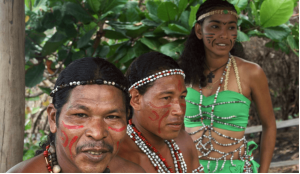
The area has its pre-European languages.